As artificial intelligence and machine learning technologies continue to improve, many professionals are adapting and learning how to incorporate these tools into their work.
Although AI still has lots of limitations, there is no denying that there are many ways we can use AI to perform research, create programming code, and help medical professionals make diagnoses and come up with treatment options.
Regarding digital marketing, businesses increasingly use AI for ad targeting and analysis, content moderation and generation, customer support, and, more recently, lead generation.
Lead generation in digital marketing targets prospective customers and nurtures their initial interest in a product or service to convert them into buyers.
Lead generation is a vital process that you can use to increase a company’s sales and profitability. But how exactly are businesses using AI to generate leads and help build their sales pipeline?
Let’s look at the six most effective lead-generation techniques using AI that businesses are implementing to help bring in more sales.
What Types of Businesses Rely on Lead Generation for Sales?
With another recession approaching in 2023, lead generation will be essential for businesses to beat the competition and secure enough market share to stay afloat during an economic downturn.
According to a recent survey of small business owners, over a third of respondents expressed concern about how inflation and rising economic uncertainties would affect their businesses in the years ahead.
Companies securing a higher market share in their respective industries will be crucial to survival.
To secure a good portion of the market share, business owners need to drive more traffic to their sites, products, and services, but they will also need to focus on improving their conversion rates.
For a business to drive traffic to its site and its offerings, it needs to invest more heavily in tactics like SEO, content generation, and using social media. Businesses also need to focus on lead generation.
Lead generation is a highly effective way to find prospective customers, especially for businesses like law firms, insurance brokers, home remodeling contractors, real estate agents, and senior care providers.
These businesses rely heavily on lead generation and referrals to drive sales.
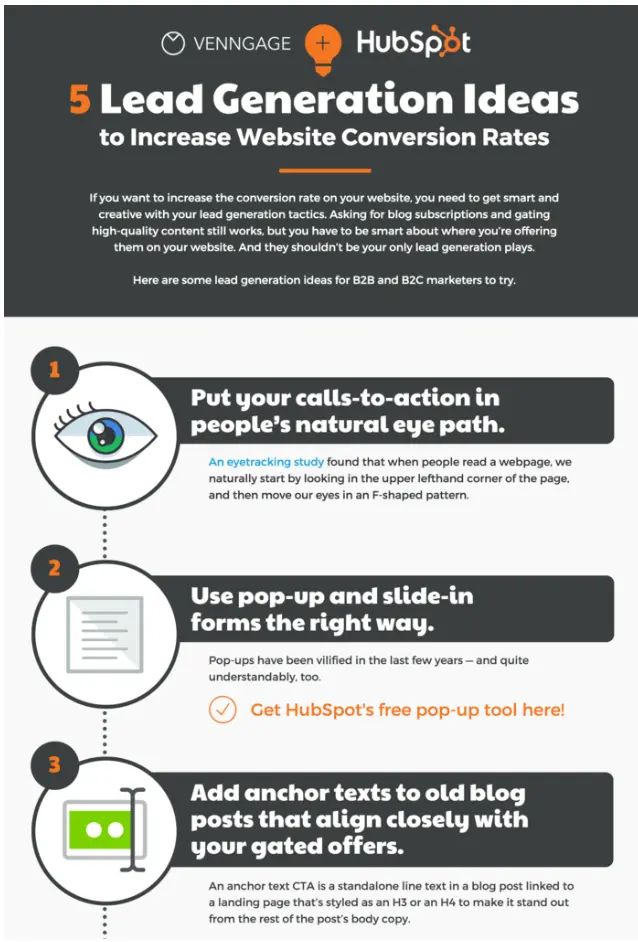
For example, agents in the real estate industry rely on referrals and lead generation to find prospective home buyers and sellers.
When the economy is strong, and more buyers are competing over a smaller inventory of homes, some buyers will often resort to tactics such as offering a home far above the asking price to ‘skip the line’ and secure the house they want.
But in a recession, interest rates are typically higher, home values drop, and fewer buyers out there compete over a higher inventory of homes.
Thus, it becomes far more essential to use lead generation tactics to find those potential buyers to sell homes and make commissions.
The same concept applies to contractors who work in the home remodeling industry. Fewer homeowners want to spend money on home improvement projects in an economic downturn.
People tend to spend less and reconsider purchases until the economy is more secure. The same concept applies to contractors who work in the home remodeling industry.
As a contractor, lead generation becomes even more critical for finding prospective customers looking to make home improvements that can keep you busy and generate revenue.
Businesses that rely on lead generation have typically done the leg work internally, hired third-party service providers specializing in lead generation, or flat-out purchased leads.
Although these tactics can still be effective, AI is changing the landscape regarding how businesses approach finding potential customers.
So, what are some of the most effective ways businesses use AI to generate leads and build their sales pipeline?
How Can a Business Use AI to Generate Leads?
There are many ways that AI can help a business generate leads and build a sales pipeline. Let’s look at six tactics to help you find prospective customers and ultimately convert them into buyers.
1. Predictive lead scoring
Predictive lead scoring using AI algorithms is an effective way to analyze data to identify which leads are more likely to convert into sales.
For example, maybe you have a customized pop-up form on your website that collects personal information and asks some questions to help gauge a visitor’s interest in your products or services.
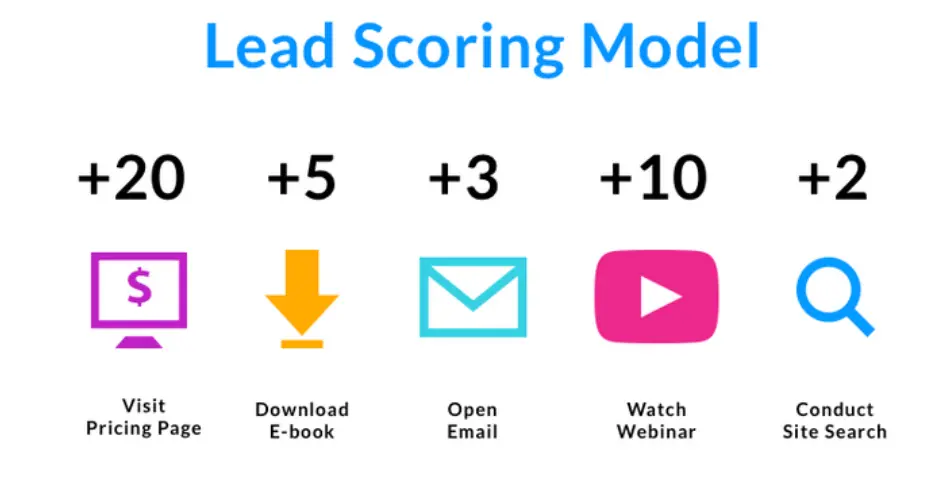
You can then use AI to analyze the information and data collected from the forms to assign a score to each visitor and then rank them from most likely to convert to least likely.
Lead scoring can save you time and resources as you prioritize the leads with the highest1 potential to generate revenue.
2. Chatbots
AI chatbots are a great way to engage visitors to your website and answer frequently asked questions, gather customer information, and streamline the lead generation process by prioritizing qualified leads.
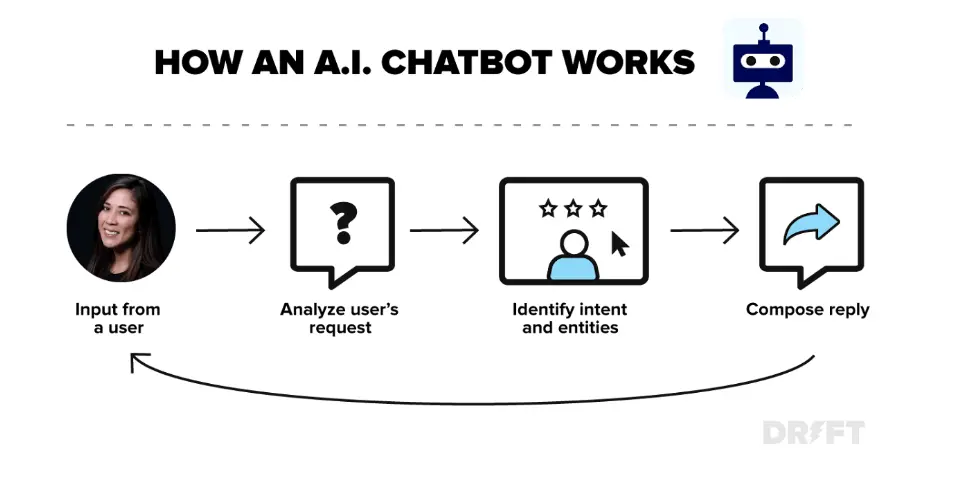
You can find potential customers and keep them engaged by pairing a live chat feature to your site with a powerful AI chatbot.
Answer any questions they may have about your products and services, and collect customer information to contact them in the future to provide further assistance and for marketing purposes.
3. Natural language processing
Natural language processing is another powerful tool that allows AI to understand and interpret human language.
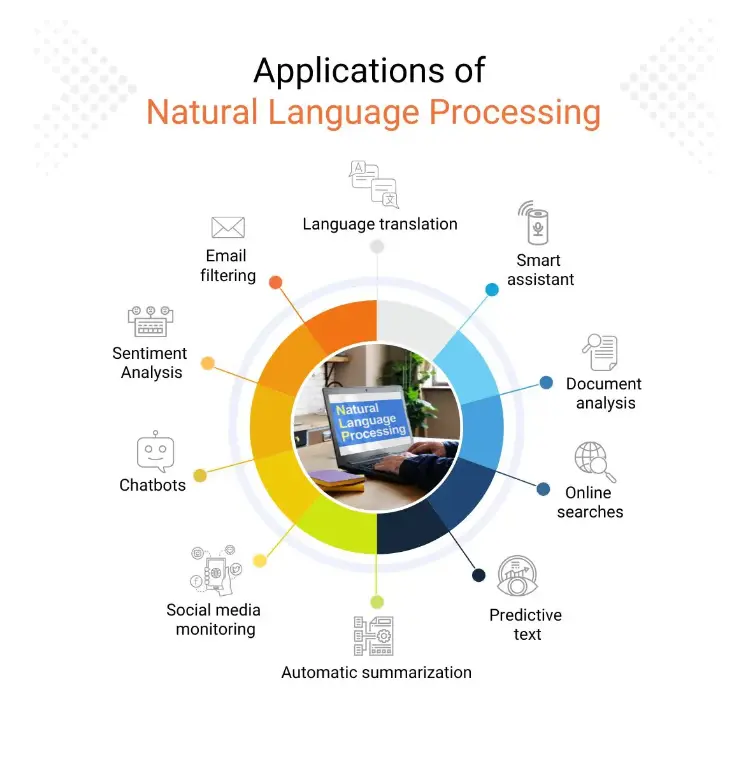
By analyzing all customer interactions, from emails, chats, and inquiries, AI can help to identify common themes, problems, and desires.
By identifying these common themes, businesses can develop new products and services, modify existing ones, and create targeted marketing campaigns to address customers’ needs.
4. Behavioral targeting
Using AI to analyze customer behavior can help identify customer preferences and interest patterns.
You can also analyze customer behavior to gauge the effectiveness of your marketing campaigns and the quality of your site’s UI and UX design.
Also, by analyzing customer behavior, you can create a buyer persona and use that information to target potential customers and prioritize leads more likely to convert to sales.
5. Personalization
Personalization is a powerful marketing tool that can tailor your messaging to each customer to create more engaging and effective marketing material.
Using AI, a business can analyze customer information, browsing history, and purchasing behavior to send targeted and personalized emails with special offers and discounts.
6. Enhance the quality of your sales pipeline
The sales pipeline is the core of any business.
Companies face two main challenges when building a sales pipeline and enhancing its quality.
Implementing a sales pipeline CRM can address these challenges by streamlining lead management and improving conversion rates.
First, a business must refine its sales pipeline, and second, it must strategize for up-sells.
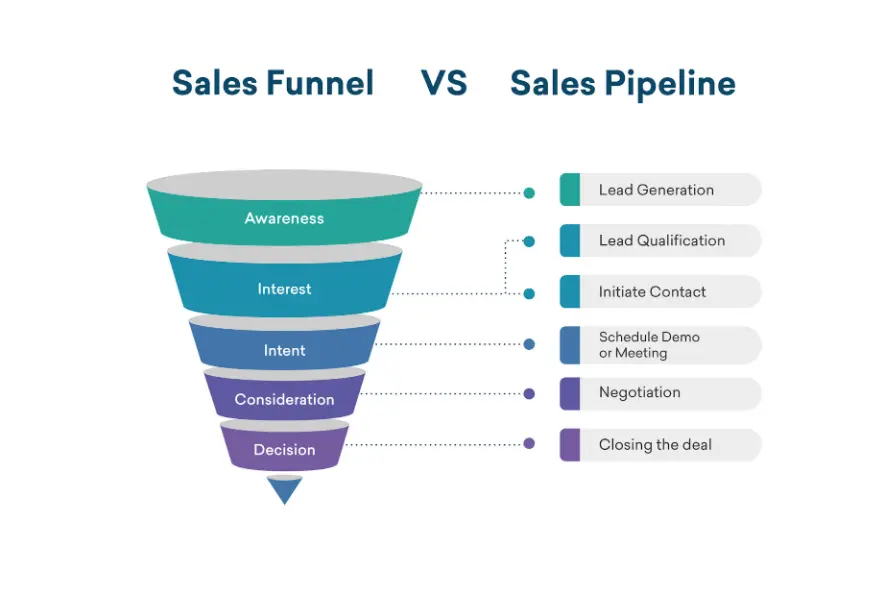
You can use AI-powered software to objectively analyze potential leads to refine the sales pipeline.
As we discussed earlier, using predictive lead scoring, AI can help break through the clutter to identify the leads with the highest potential for conversion.
When strategizing for up-sells, you can use AI to predict which leads will likely buy additional products or services.
It can also analyze customer behavior and purchase history to predict other products and services customers might want to purchase.
You can also use it to see which leads could be warm to up-selling.
Wrapping Up
There are many ways businesses can use artificial intelligence to generate more leads.
Tactics such as predictive lead scoring, using chatbots, natural language processing, behavioral targeting, and marketing personalization are all effective ways to find prospective buyers.
Choose one or two techniques that make the most sense for your business and see how long it takes to see results.

